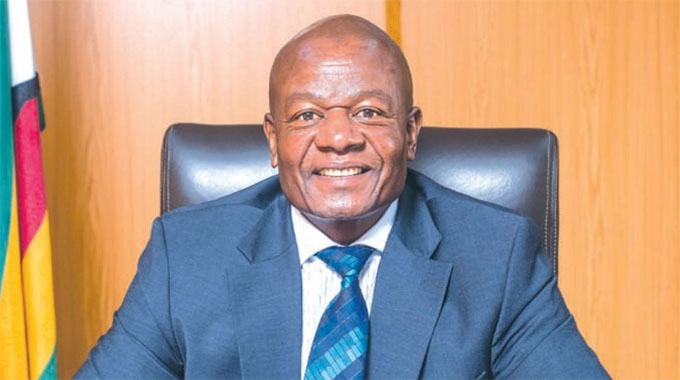High rise buildings for rural areas

Talent Chimutambgi
Herald Reporter
Rural areas are now included in accelerating the Government’s housing programme, with the construction of flats in some areas having started while plans are in progress to regularise informal settlements created by land barons who parcelled out State land without putting in the essential basic services.
The construction of flats has already started in Mutawatawa, Mashonaland East Province, which conforms with Vision 2030 of an upper middle income society.
National Housing and Social Amenities Minister, Daniel Garwe, told the Institute of Architects of Zimbabwe (IAZ) annual conference recently that the Government was working on creating smart cities, with procedures now at an advanced stage to realise the dream outside Harare.
The conference ran under the theme: “Urban composition and place making – lessons for the new city.” Minister Garwe said the Government wants the same standards in rural and urban areas when it comes to housing.
“The Government is on the drive to modernise most rural areas through construction of high rise buildings which is a phenomenon in the rural district councils.
“The idea is to enable people to get the services which they are not accessing in the rural areas. This will also decongest most of the towns because people would get what they need at their door-steps in line with the President’s gospel of leaving no one behind,” said Minister Garwe.
“Land is a finite resource that must be safeguarded for future generations, hence, the adoption of the densification policy. The Zimbabwe National Human Settlement Policy is clear that at least 40 percent of the land designated for human settlements must be for high rise buildings.
“Voluntary low-density stand subdivision is permitted and encouraged, provided there is a possibility of sewer reticulation,” he said. This refers to the low density suburbs where septic tanks were allowed instead of sewers so long as no plot was less than 4000 square metres.
“When the plots are subdivided into smaller stands they need to be connected to sewer mains.
“As the ministry, we are seized with creating smart cities with identified areas like Melfort where we expect all services to be available. The concept will also see people living a smart life in smart houses,” he said.
“Regularising informal settlements is on-going in the areas where land barons had taken advantage of the desperate home seekers to fleece their hard earned money,” he said.
Minister Garwe said his Ministry had a mandate to provide best amenities in the settlements which are affordable, insisting architects had a role to play in order to realise the dream.
“The Ministry of National Housing and Social Amenities’ mandate and vision are very clear: provision of modern, sustainable and affordable human settlements for all Zimbabweans,” said Minister Garwe.
“Architecture as a profession, plays a pivotal role in complimenting this mandate and making dreams a reality. You are the linchpin in what we envisage as policy makers and the realisation of that imagination,” he said.
“Government is visualising smart cities, as a way forward, and your role is to translate that vision into what other people will see, appreciate, admire and want to be associated with,” he added.
There were Government policies to facilitate development on human settlements.
“The Zimbabwe National Human Settlement Policy speaks to the development of well planned, well governed and sustainable human settlements.
“Planning, designing and physically establishing settlements, and managing, regularising, financing and renewing them are complex processes,” he said.
Old suburbs that are enlisted for renewal are Sakubva in Mutare, Mbare in Harare, Makokoba in Bulawayo, Mahombekombe in Kariba, Chinotimba in Victoria Falls, and Mucheke in Masvingo.
Minister Garwe challenges the architects to think beyond and come up with solutions which are climate change tolerant.
“I would like to challenge the architects, as dream makers, to start thinking aloud and imagine how we could modernise these settlements. Climate change effects, antiquated infrastructure for water and sanitation, and also overcrowding, are among a host of other challenges that require a collective approach to tackle. Design experts should observe their surroundings and global best practices and draw lessons from there,” said Minister Garwe.
Speaking at the same occasion, IAZ president Mr Brighton Madondo noted that “the conference gives ample time to the architects to get together to reflect, self-introspect and discuss opportunities as well as obstacles they may be facing in the built environment,” said Mr Madondo.










Comments